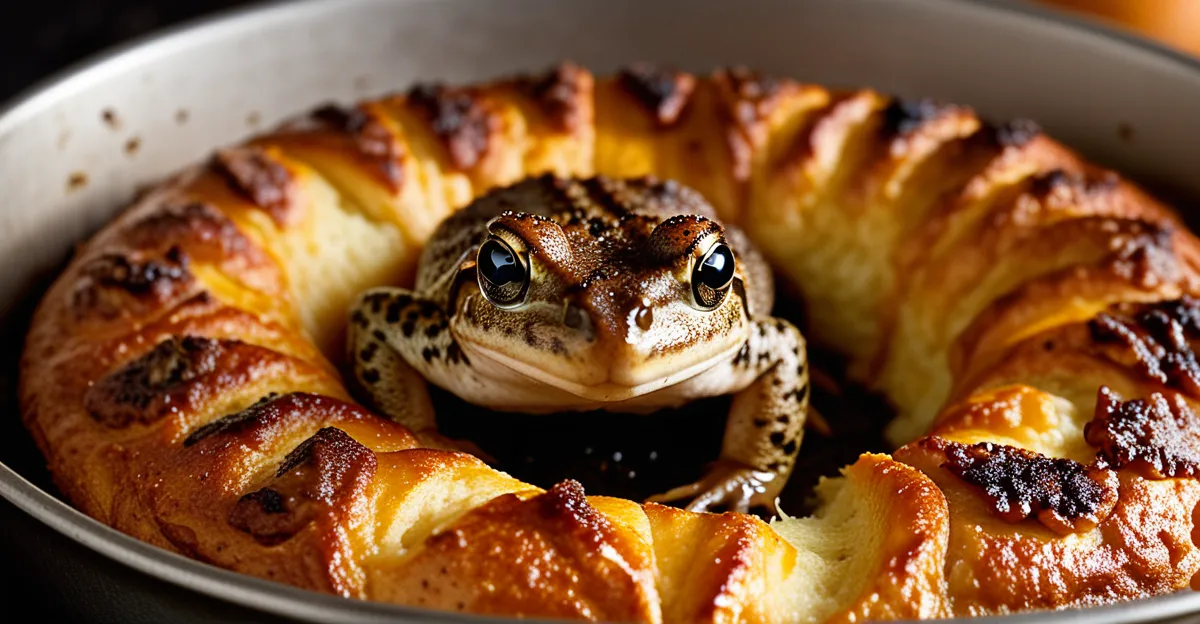Essential steps for making the perfect toad in the hole
Creating a flawless toad in the hole demands attention to several key factors that influence texture and flavour. First, the batter consistency is critical—it should be smooth and pourable, resembling a thin pancake batter. Achieving this involves precise proportions of flour, eggs, and milk, mixed carefully to avoid lumps. Allowing the batter to rest for at least 30 minutes is vital, as this resting time improves the batter’s elasticity, leading to a lighter, crisper result upon baking.
Selecting high-quality sausages greatly impacts the final taste. Opt for sausages with a good balance of meat and fat, avoiding overly lean varieties that may dry out. Traditional British recipes often recommend pork sausages, which render flavorful fat that enriches the batter as it cooks. Ensuring the sausages are evenly spaced in the dish prevents overcrowding, helping them cook uniformly without steaming or splitting.
Also to discover : How Can UK Cuisine Influence Global Food Trends?
The oven’s temperature and preparation are essential steps often underestimated. Preheating the oven correctly ensures the batter rises properly and crisps around the sausages. An oven temperature around 220°C (425°F) is ideal—too low, and the batter becomes soggy; too high, and the sausages risk burning. Also, preheating the baking dish with a splash of oil until hot creates the sizzling effect that forms the batter’s signature crispy edges. By following these fundamental toad in the hole tips, home cooks can master the balance between a golden crust and tender sausage filling.
Expert tips for batter preparation
Mastering the toad in the hole batter starts with precise proportions and mixing techniques. The batter should combine flour, eggs, and milk in a ratio that results in a pourable, lump-free mixture. To achieve this, sift the flour before mixing to avoid clumps, then whisk the eggs and milk gradually into the flour, ensuring a smooth consistency. Incorporating air gently during mixing can help the batter rise evenly, contributing to a light, airy texture.
Additional reading : How can you elevate a traditional British breakfast with modern flavors?
Resting the batter for at least 30 minutes is a crucial toad in the hole tip. This pause allows the gluten to relax, improving elasticity and promoting better rise during cooking. Moreover, resting enhances the batter’s ability to crisp up perfectly around the sausages. Skipping this step often leads to a denser, less crisp result.
If lumps appear despite careful mixing, passing the batter through a fine sieve can salvage the texture. Additionally, using cold milk can slow gluten development and reduce toughness. When ready to bake, pour the rested batter over preheated sausages and oil to trigger the signature crispiness. Attention to these details in batter preparation ensures your step-by-step toad in the hole journey culminates in a golden, crisp, and delicious dish.
Oven settings, timing, and baking techniques
Proper oven temperature for toad in the hole is crucial to achieve a perfect dish. The oven should be preheated to around 220°C (425°F), as this high heat ensures the batter rises quickly, forming a crisp, golden crust without becoming soggy. Baking at lower temperatures often results in a undercooked, soggy texture, while excessively high heat can burn the sausages before the batter sets.
Using a preheated baking dish with hot oil enhances the cooking process. Heating the dish until the oil shimmers produces the characteristic sizzling effect when the batter is poured over the sausages, crucial for crispiness. This step also helps prevent sausages from sticking to the pan. A heavy, oven-safe dish such as a cast-iron skillet distributes heat evenly, promoting uniform cooking.
Timing is equally important. Bake for approximately 25 to 30 minutes without opening the oven door to prevent temperature fluctuations that can hinder rising. Avoiding common mistakes like overcrowding the dish maintains proper air circulation, allowing the batter to puff up and cook thoroughly. By mastering these baking techniques and paying close attention to oven settings, cooks can produce a step-by-step toad in the hole with a beautifully crisp texture and evenly cooked sausages worthy of traditional British recipes.
Sausage selection and preparation advice
Choosing the best sausages for toad in the hole is pivotal for achieving authentic flavour and texture. Traditional British recipes favour hearty pork sausages with balanced fat content, as these release flavorful juices during cooking, enriching the batter and preventing dryness. While classic sausages are preferred for their natural taste and fat distribution, some cooks experiment with flavoured varieties—such as herb or mustard-infused sausages—to add a unique twist without compromising cooking quality.
Preparing sausages correctly before baking ensures even cooking and prevents common issues like splitting or uneven browning. It is advisable to gently prick the sausages with a fork to allow steam to escape, reducing the risk of bursting in the oven. Arranging the sausages with enough space between each piece allows hot air to circulate, promoting uniform cooking and helping the batter to rise around them properly.
To avoid burning or undercooking, sausages should be lightly browned in the pan before the batter is added. This step seals in juices and creates a crispy exterior, enhancing overall texture. Skipping this can result in sausages that cook unevenly or lack the satisfying snap prized in traditional British recipes. Implementing these sausage preparation tips guarantees a well-balanced step-by-step toad in the hole where the sausages and batter complement each other perfectly.






